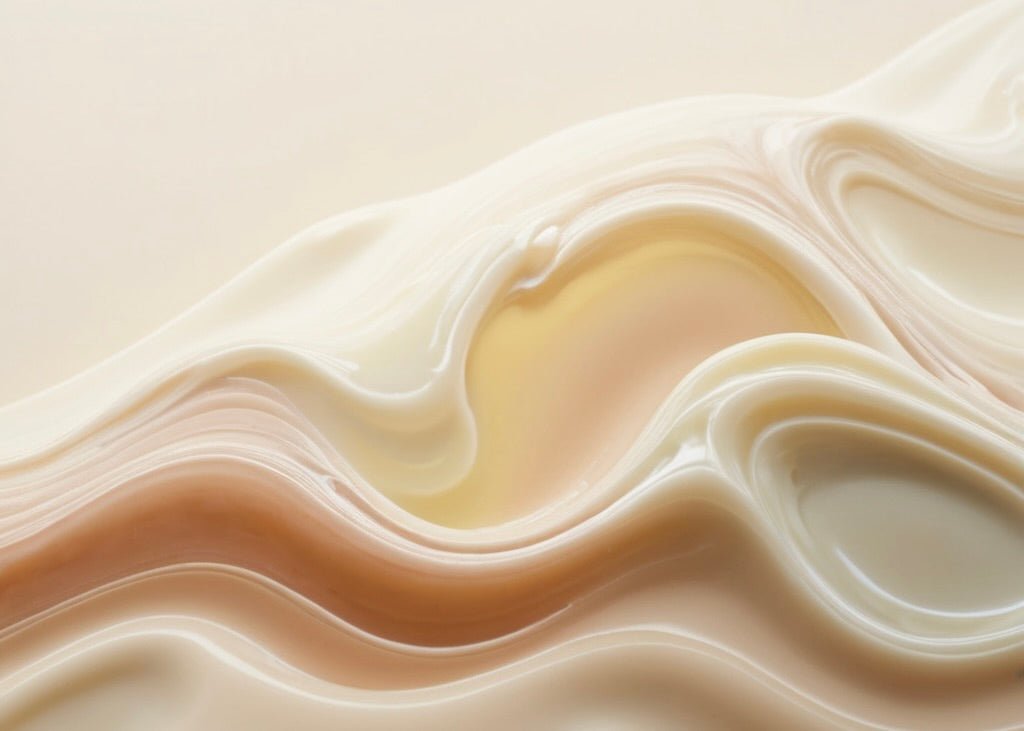
Combining Hyaluronic Acid and Retinol: Guidelines for Mixing
In the quest for radiant, youthful skin, two ingredients often stand out in the skincare world: Hyaluronic Acid and Retinol. Both are hailed as miracle workers, each boasting a unique set of benefits. But can they be combined? And if so, how? Let's delve into the world of these two skincare powerhouses and discover how to use them together for maximum effect.
The Power of Hyaluronic Acid
Hyaluronic Acid, often referred to as HA, is a naturally occurring substance in our skin. It's known for its incredible ability to retain moisture, with the capacity to hold up to 1000 times its weight in water. This makes it a vital component in maintaining skin hydration and elasticity.
As we age, our natural production of HA decreases, leading to drier skin and the formation of wrinkles. This is where HA-infused skincare products come into play. They help replenish the skin's moisture, reducing the appearance of fine lines and giving the skin a plumper, more youthful appearance.
The Sustainability of Hyaluronic Acid
One of the reasons why Hyaluronic Acid is so popular in skincare is its natural and sustainable nature. It's derived from two main sources: rooster combs and bacterial fermentation. The latter, being plant-based, is the most sustainable and ethical option, and is widely used in the cosmetic industry.
By choosing products with HA derived from bacterial fermentation, you're not only benefiting your skin but also contributing to a more sustainable and ethical skincare industry.
The Magic of Retinol
Retinol, a form of Vitamin A, is another skincare superstar. It's renowned for its anti-aging properties, helping to stimulate the production of new skin cells and encouraging the removal of old ones. This results in smoother, more even-toned skin, and a reduction in the appearance of wrinkles and fine lines.
Retinol also has a positive effect on collagen production, another key factor in maintaining youthful skin. It's no wonder that it's a staple ingredient in many anti-aging skincare products.
The Natural Origins of Retinol
Retinol is derived from animal sources, including fish and dairy products. However, there are also plant-based alternatives, known as carotenoids, found in fruits and vegetables like carrots and sweet potatoes. These natural sources of Vitamin A are converted into retinol in our bodies.
Choosing skincare products with plant-based retinol not only provides the same benefits as traditional retinol but also promotes a more sustainable and ethical approach to skincare.
Combining Hyaluronic Acid and Retinol
Now that we've explored the individual benefits of Hyaluronic Acid and Retinol, let's discuss how to combine them effectively. These two ingredients can indeed be used together, and when done correctly, they can complement each other's effects, providing a comprehensive skincare solution.
However, it's important to note that both ingredients can cause skin sensitivity, particularly retinol. Therefore, it's crucial to introduce them into your skincare routine gradually and monitor your skin's reaction.
Step-by-Step Guide to Mixing
-
Start by cleansing your face with a gentle, pH-balanced cleanser. This will remove any dirt and oils, preparing your skin for the application of skincare products.
-
Apply a Hyaluronic Acid serum. As HA is a humectant, it's best applied to damp skin to help lock in moisture. Apply a few drops to your face and neck, gently massaging it in.
-
Wait for the HA serum to fully absorb into your skin. This usually takes around 15 minutes.
-
Now it's time to apply your retinol product. Start with a small amount, as retinol can be quite potent. Apply it evenly across your face, avoiding the eye area.
-
Finish off with a moisturizer to seal in the products and provide additional hydration.
Precautions and Tips
-
Always perform a patch test when introducing new products into your skincare routine. This can help identify any potential allergic reactions or sensitivities.
-
Retinol can make your skin more sensitive to the sun, so it's best used in your nighttime skincare routine. Always use a broad-spectrum sunscreen during the day.
-
If you experience excessive dryness or irritation, reduce the frequency of retinol use. It's better to use it less often than to risk damaging your skin.
-
Remember, skincare is not a one-size-fits-all. What works for others might not work for you. Always listen to your skin and adjust your routine accordingly.
Conclusion
Combining Hyaluronic Acid and Retinol can provide a powerful punch in your skincare routine, offering hydration, anti-aging benefits, and improved skin texture. However, it's important to use these ingredients correctly and responsibly, considering both your skin's needs and the sustainability of the products you choose.
With the right approach, these two skincare heroes can work together to help you achieve the radiant, youthful skin you desire. Remember, the journey to great skin is a marathon, not a sprint. Patience and consistency are key.

















